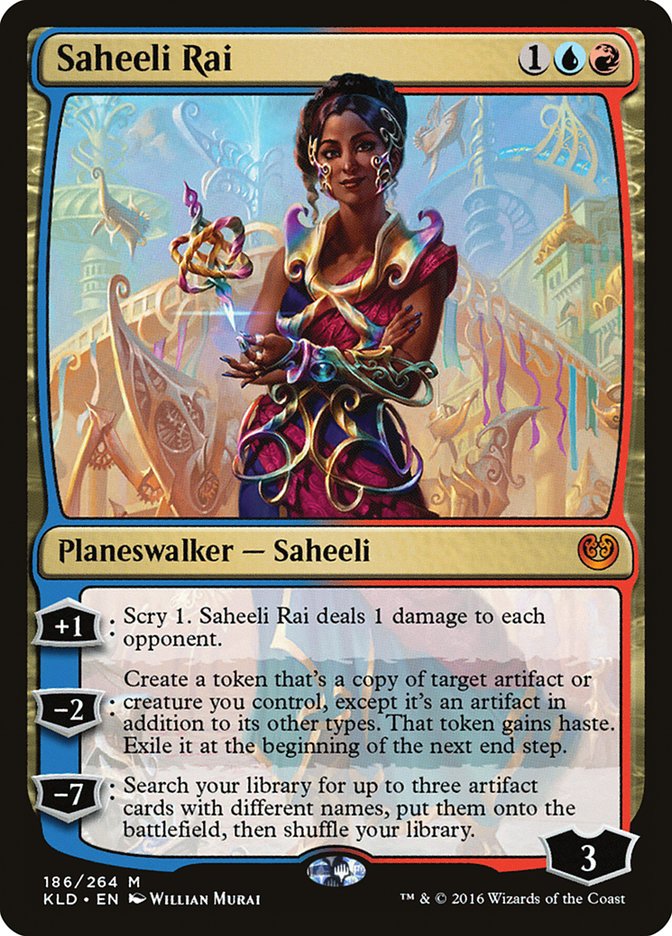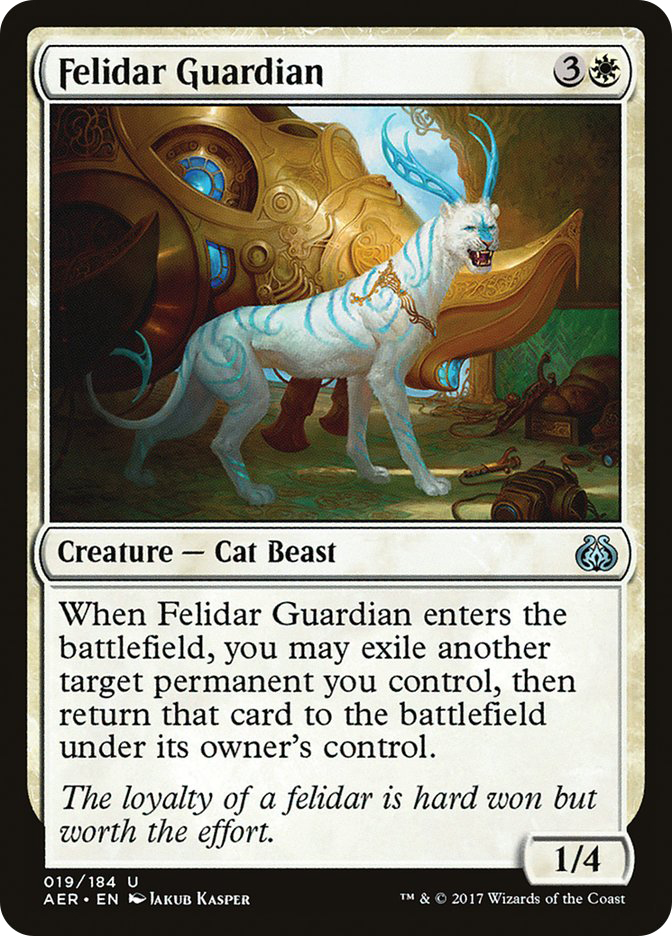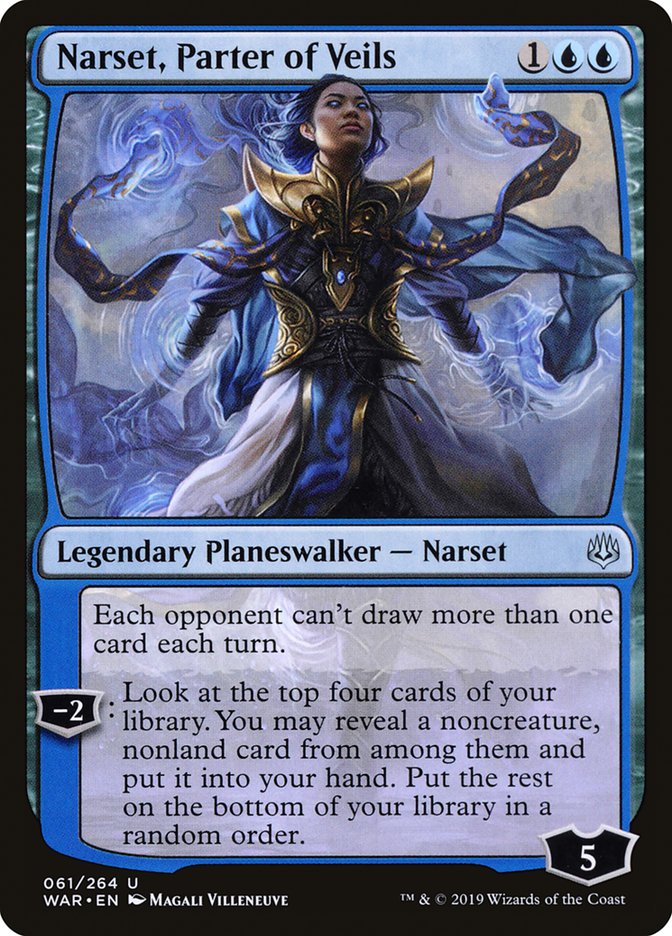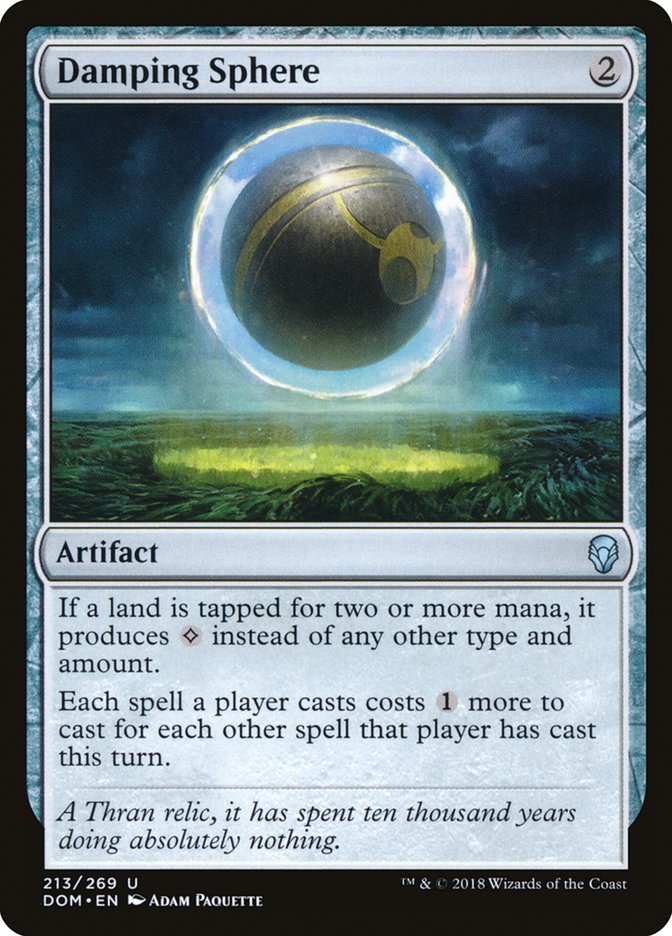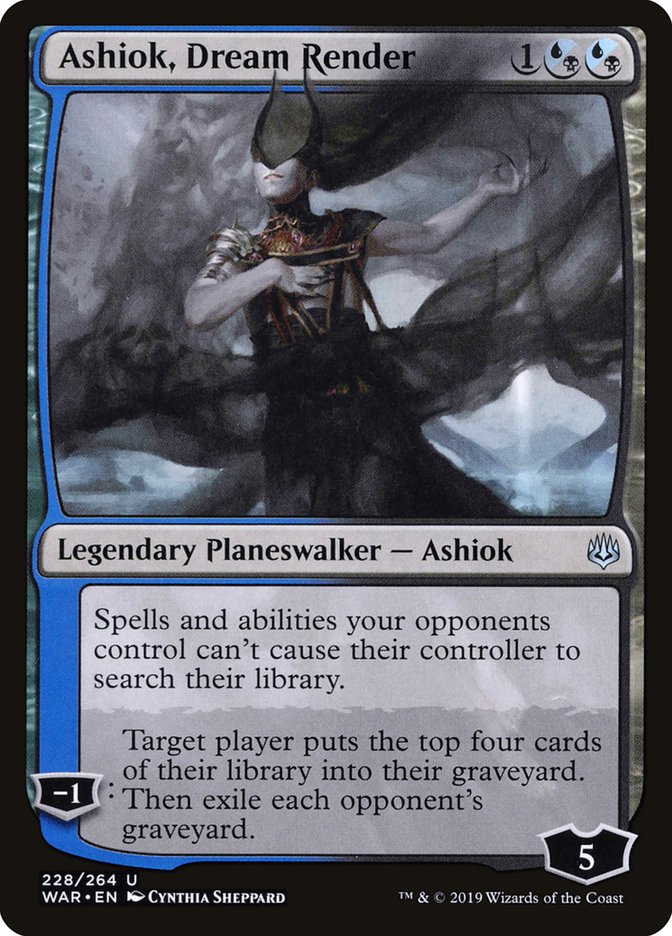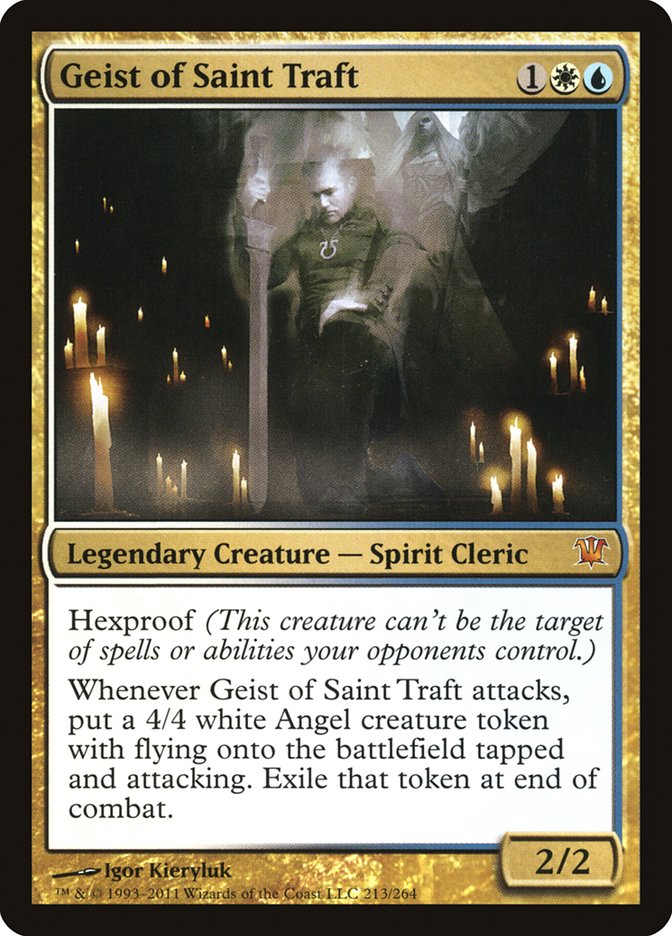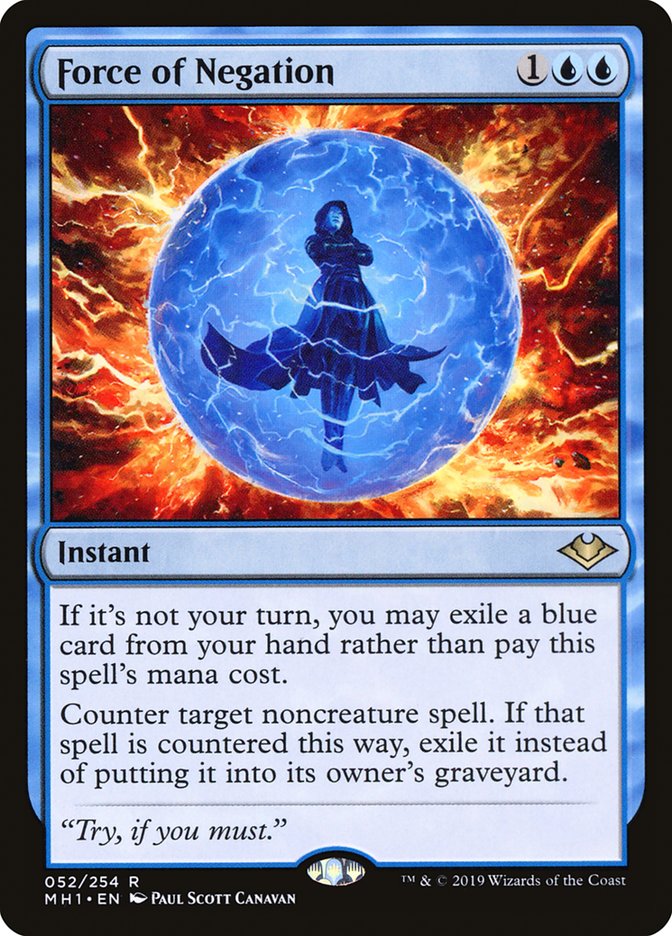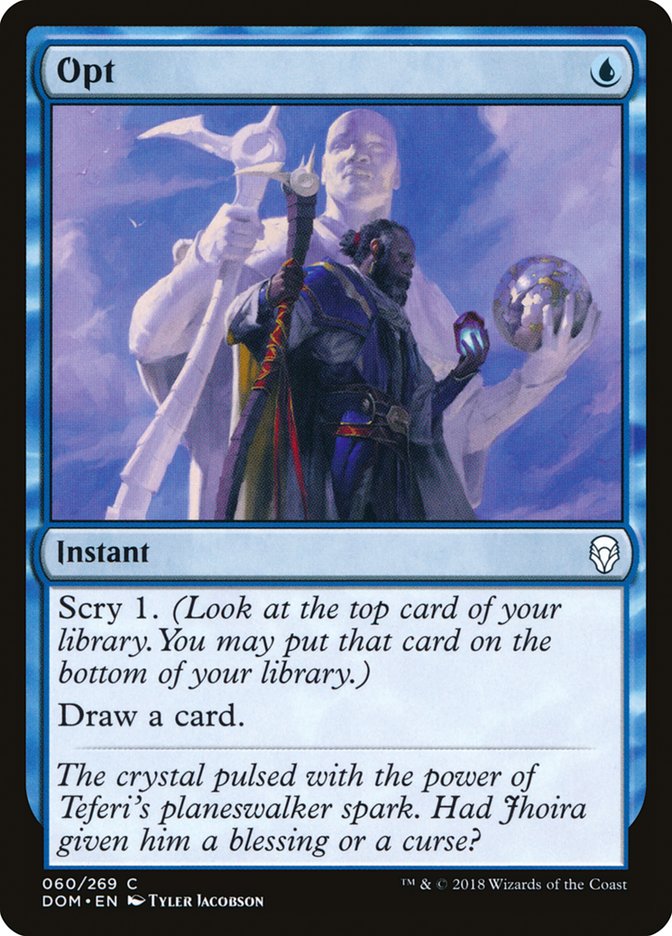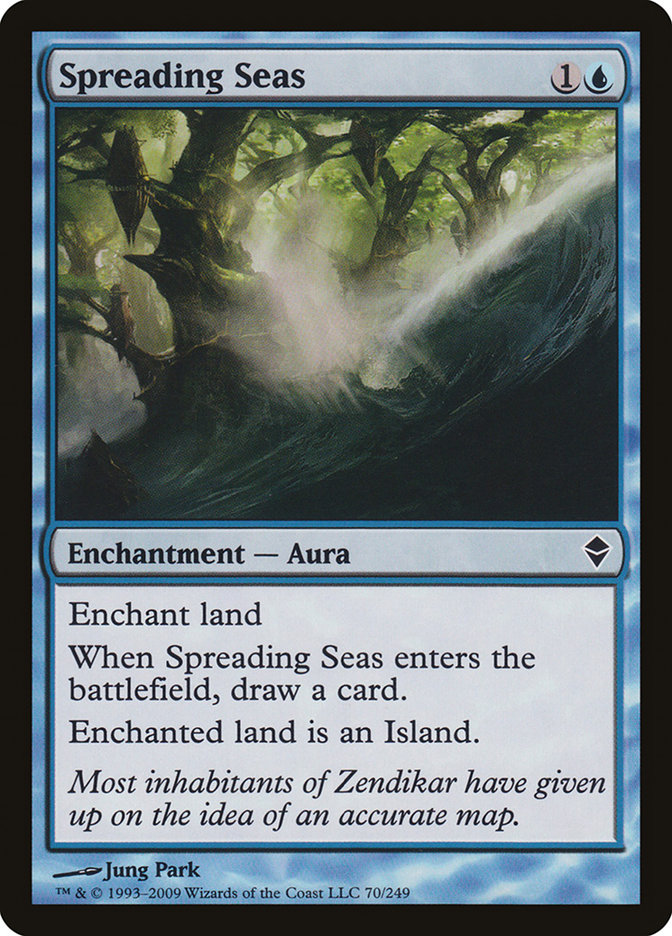This past weekend at SCG CON Summer, I went 5-2-1 with Jeskai Saheeli in the Modern portion of the Season One Invitational, and went 8-0 in matches played with the same deck in the Modern Summer Championship. Izzet Phoenix is no longer the best deck with the introduction of War of the Spark and neither is Dredge. No, Modern post-WAR and pre-London Mulligan and Modern Horizons is its own interesting puzzle, and at this moment in the format’s wild and rapid evolution, Jeskai Saheeli is a stellar choice for an underprepared metagame.
Despite my immense respect for Andrew Jessup when it comes to picking the best deck for a tournament, I had to go out on a limb and play the deck I thought was being criminally underrated by the Magic hive mind. Andrew played Izzet Phoenix (as expected, it is still widely regarded as the best deck), but I stuck to my guns, and (with a healthy dose of good luck) was rewarded appropriately in both tournaments.
For a long time, I’ve had a soft spot for Jeskai Saheeli as a combo/control deck in a format that desperately needs a Splinter Twin-style fun police to keep degenerate strategies in check. Prior to War of the Spark, though, the fun police were often some combination of Grixis Death’s Shadow, Izzet Phoenix, and Humans. The Jeskai deck was kind of mopey, without enough individually powerful cards to beat the synergy machine that is Izzet Phoenix or the heavy disruption and fast clock of Grixis Death’s Shadow. It was better to just rely on the one-card combo of Jace, the Mind Sculptor or Teferi, Hero of Dominaria in Azorius Control, rather than try to assemble infinite Cats.
War of the Spark changed everything. Teferi, Time Raveler and Narset, Parter of Veils are basically exactly the tools the deck needed to beef up the power level and manhandle the erstwhile “best deck,” Izzet Phoenix. Dig Through Time stapled onto Leovold, Emissary of Trest is a real Magic card, let me tell you, and the play patterns with Teferi are an absolute delight. The first time you bounce a Pyromancer Ascension or a Thing in the Ice, you will grin. The second time, you’ll giggle. By the tenth time, you’ll shrug and say, “Yeah, I got the Teferi for it.” And these devastating play patterns are bonuses on top of the fact that Teferi makes your opponent unable to interact with your combo! It’s absolutely bananas.
One common sequence with the deck involves using Teferi to return an Aether Vial or Champion of the Parish or Thing in the Ice to the opponent’s hand, following it up with a Felidar Guardian to blink the Teferi and return the offending permanent again, and then concluding with a protected Saheeli combo for the perfect finish.
Another one involves slamming a Narset on Turn 2, using it twice to get a double Impulse, and then blinking it with Felidar Guardian for more cards while locking out an opposing player from using their Serum Visions or Manamorphoses or Faithless Lootings. Usually they concede in frustration when you show the Saheeli off the third or fourth Impulse.
Most people are simply playing a few weeks behind. Jeskai Superfriends is a real archetype now, and it feels almost custom-made to graft right on top of the Felidar Guardian–Saheeli Rai combo core. The time is ripe to abuse this powerful and synergistic intersection of cards while people are still vulnerable to the Planeswalkers.
With visions of dancing Cats in my mind, I resolved to play Jeskai Saheeli in the Modern portion of the Invitational. After cutting the embarrassingly bad Wall of Omens from the stock decklist (seriously, who plays Wall of Omens in this economy?!) and adding a few extra planeswalkers, I conferred with Jeskai Saheeli specialist Oren Lagziel to finalize a list and resigned myself to being part of the infamous “other” archetype in the Invitational’s Modern metagame breakdown.
I was pleasantly surprised to learn, then, when I got to Roanoke, that Jim Davis was also on team Supercats! He’d been experimenting with the archetype independently and concluded that it was exceedingly underrated too. We compared notes and I agreed to play the full four Teferi, Time Raveler that he insisted were absolutely central to the deck’s new power. Jim was definitely onto something, and I wouldn’t play the deck without at least a dozen planeswalkers in the 75. Here’s the list I registered for the Modern Summer Championship:
Creatures (7)
Planeswalkers (10)
Lands (22)
Spells (21)

And here’s the list Jim played:
Creatures (7)
Planeswalkers (10)
Lands (22)
Spells (21)

A few key takeaways:
1. Three-mana planeswalkers are broken.
I’m in love with Snapcaster Mage, of course. However, these new three-mana planeswalkers are so good, and synergize so well with Felidar Guardian, that I feel compelled to shave a Snapcaster Mage to make room for more of them. I also chose to play ten maindeck removal spells because of how key it is to have a stable battlefield at the time that you jam one of the planeswalkers. These cards are incredible.
2. Spell Pierce overperformed.
Jim maindecked two copies of Spell Pierce, and I certainly don’t hate that idea. Forcing through a planeswalker early is a big deal and one-mana spells are great, so it’s not a bad idea to just have the Pierces maindeck, although you 100% want two in your deck somewhere. And in the new post-Horizons Modern metagame, it might be more important than ever to have them maindeck.
3. Narset overperformed and might be better than Saheeli.
Dig Through Time is still broken, folks. I’m tentatively going to cut a Saheeli Rai from the maindeck in order to fit a third Narset in there. You can use Narset to dig for Saheeli, but Saheeli is essentially this deck’s Splinter Twin. It’s more of a liability than an asset until you’re ready to use it to win the game. I even joked at the end of the weekend that blinking a Narset with a Felidar Guardian was as much a game-winning play as blinking a Saheeli with one.
4. Damping Sphere is kind of crappy against Tron.
I’d rather just play Crumble to Dust, like Jim did. Often, you spend a bit of time slowing down the Tron player with Spreading Seas, but eventually they will dig their way out of it unless you execute your combo. Blast Zone is a big part of this. Permanent-based answers aren’t going to do enough. Crumble to Dust is your one-stop shop for a Tron solution.
5. Ashiok, Dream Render is incredible against Amulet Titan, Dredge, and TitanShift.
It’s just an underrated card right now. Ashiok is certainly more powerful as a cross-functional hate permanent than we’re giving it credit for.
6. Geist of Saint Traft is a boldly divergent gameplan.
I appreciate Jim’s desire to play yet another three-mana card in his sideboard, though obviously there are already quite a few of those in this deck. Geist comes in against control decks or decks you suspect might Unmoored Ego you off your game-winning combo. It’s definitely worth experimenting with, though another Celestial Colonnade and a few Vendilion Cliques might be sufficient regardless.
But this deck isn’t ready to get polished up and tuned with optimized sideboard plans, a strategy for the mirror match, and projections for a Modern metagame after it settles in as a major player. There are lots of big changes approaching Modern all at once.
Despite all the excitement around War of the Spark, the effects of which are still obviously percolating through every format from Standard to Vintage, Wizards of the Coast is throwing two more curveballs our way. First is Modern Horizons, with Hogaak, Arisen Necropolis and the associated Zombie hordes threatening to upend everything we’ve worked for in Modern. Second is the London Mulligan, threatening to turn Modern into Duel Decks: Neoform vs. Cheerios. What do we do with this exciting new deck as the format swings wildly just as we started to get our bearings?
Well, if any deck is ready to play Force of Negation, it’s this one. The baseline number of blue cards to support Force of Will has always been around 22, and this deck plays upwards of 25. With redundant copies of various planeswalkers clogging our hands, it makes perfect sense to use Force of Negation to protect ourselves during the first two turns of the game. The powerful planeswalkers will take care of the rest. I’m ready to shave Remand, a Lightning Bolt, a Saheeli Rai, and a Spreading Seas for a Narset and three Force of Negation to start. We’ll see what develops beyond that.
Of course, we’ll need plenty of graveyard hate in our sideboards, so I expect to be up to the full four Surgical Extraction and two Ashiok to properly battle the Hogaak hordes, which I hope and pray is enough. I’m not confident in Rest in Peace because of the large amount of Nature’s Claim and Wispmare I’m seeing in sideboards. Maybe Tormod’s Crypt or Ravenous Trap is the most elegant solution? Detention Sphere and/or Anger of the Gods to clean up the leftovers? It’s going to be difficult to pinpoint where and how we want to interact with these decks.
It’s also possible that Spreading Seas has become too slow and narrow to maindeck in a post-Horizons Modern metagame, and we’ll be more interested in boatloads of Spell Pierces and Force of Negations to fight combo and planeswalker battles. With Force of Negation to protect a Turn 3 Saheeli from a Karn Liberated, it might not be necessary to target Tron with any hate at all. What about this for a tentative post-Horizons list?
Creatures (7)
Planeswalkers (11)
Lands (22)
Spells (20)

We’ve cut the two-mana spells for more ones and a few zeroes. Remand turns into Force of Negation. Spreading Seas becomes a mix of Spell Pierce and Opt. Narset becomes a desirable four-of in the maindeck, one that churns through your deck as well as a Jace, the Mind Sculptor would, but with an ability that shuts off opposing copies of Jace.
Should Tron remain a large part of the metagame, it will be necessary to employ a few more direct hate cards to fight it. Three Saheelis might not be consistent enough to combo off quickly against the big mana deck.
The choice of Opt over Spreading Seas is a direct result of a) my expectation that Tron will diminish in the coming months and b) my expectation that tapping out on Turn 2 in the face of a three-mana planeswalker may be deadly. I’d like to imagine that Spreading Seas will go the way of Wall of Omens, because that means far less Tron in the meta to contend with.
Vendilion Clique versus Geist of Saint Traft will be an interesting decision, but I’m leaning towards Geist because of the prevalence of burn spells in a format likely to be heavy on cheap planeswalkers. Attacking down enemy planeswalkers will be important, and we might catch our opponents without the appropriate answers. Of course, Snapcaster Mage blocks Geist of Saint Traft really well, so we have to contend with that unfortunate side effect of the greatest 2/1 in the game.
Maybe another Snapcaster is the answer…
(More Snapcaster is always the answer!)
Many of my fans know me as a Death’s Shadow enthusiast. That’s not entirely true. Sure, Death’s Shadow innovations are always fun and exciting, but more than anything, I’m a winning enthusiast. Jeskai Saheeli is going to be doing a lot of winning in the near future, and I intend to get on board as soon as possible.


